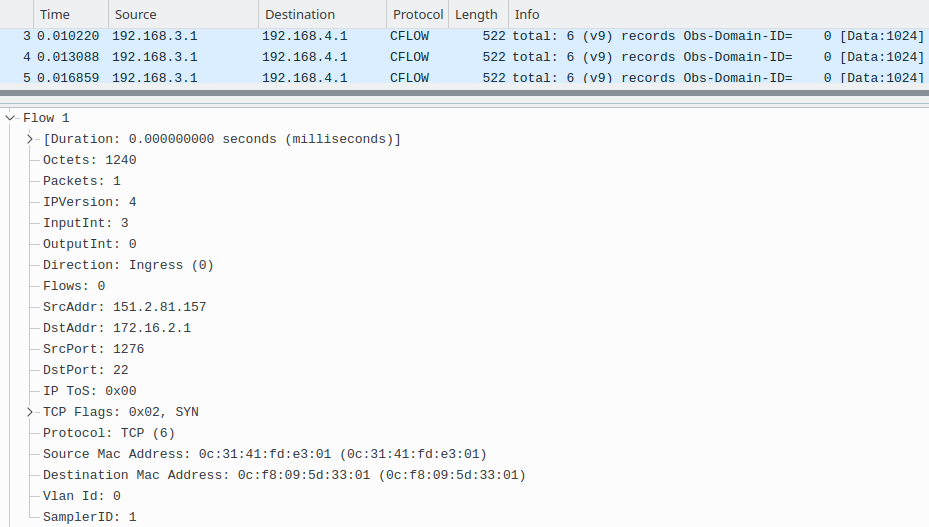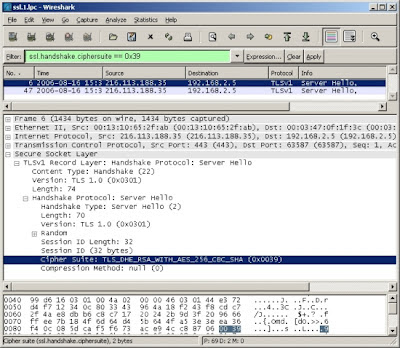

To check if promiscuous mode is enabled, click Capture > Options and verify the “Enable promiscuous mode on all interfaces” checkbox is activated at the bottom of this window. If you have promiscuous mode enabled-it’s enabled by default-you’ll also see all the other packets on the network instead of only packets addressed to your network adapter. Wireshark captures each packet sent to or from your system.

You can configure advanced features by clicking Capture > Options, but this isn’t necessary for now.Īs soon as you click the interface’s name, you’ll see the packets start to appear in real time. If you need a capture filter for a specific protocol, have a look for it at the ProtocolReference. For example, if you want to capture traffic on your wireless network, click your wireless interface. Wireshark uses the same syntax for capture filters as tcpdump, WinDump, Analyzer, and any other program that uses the libpcap/WinPcap library. Capturing PacketsĪfter downloading and installing Wireshark, you can launch it and double-click the name of a network interface under Capture to start capturing packets on that interface. Don’t use this tool at work unless you have permission. To display traffic from a specific source or destination IP address: ip.src 10.0.6.187 ip.dst 10.0.6. To display traffic from a specific IP address: ip.addr 10.0.6.187.

Once you start capturing traffic, you can then refine your capture results by using a display filter. Just a quick warning: Many organizations don’t allow Wireshark and similar tools on their networks. Wireshark Capture Filters Display Filters.


 0 kommentar(er)
0 kommentar(er)
